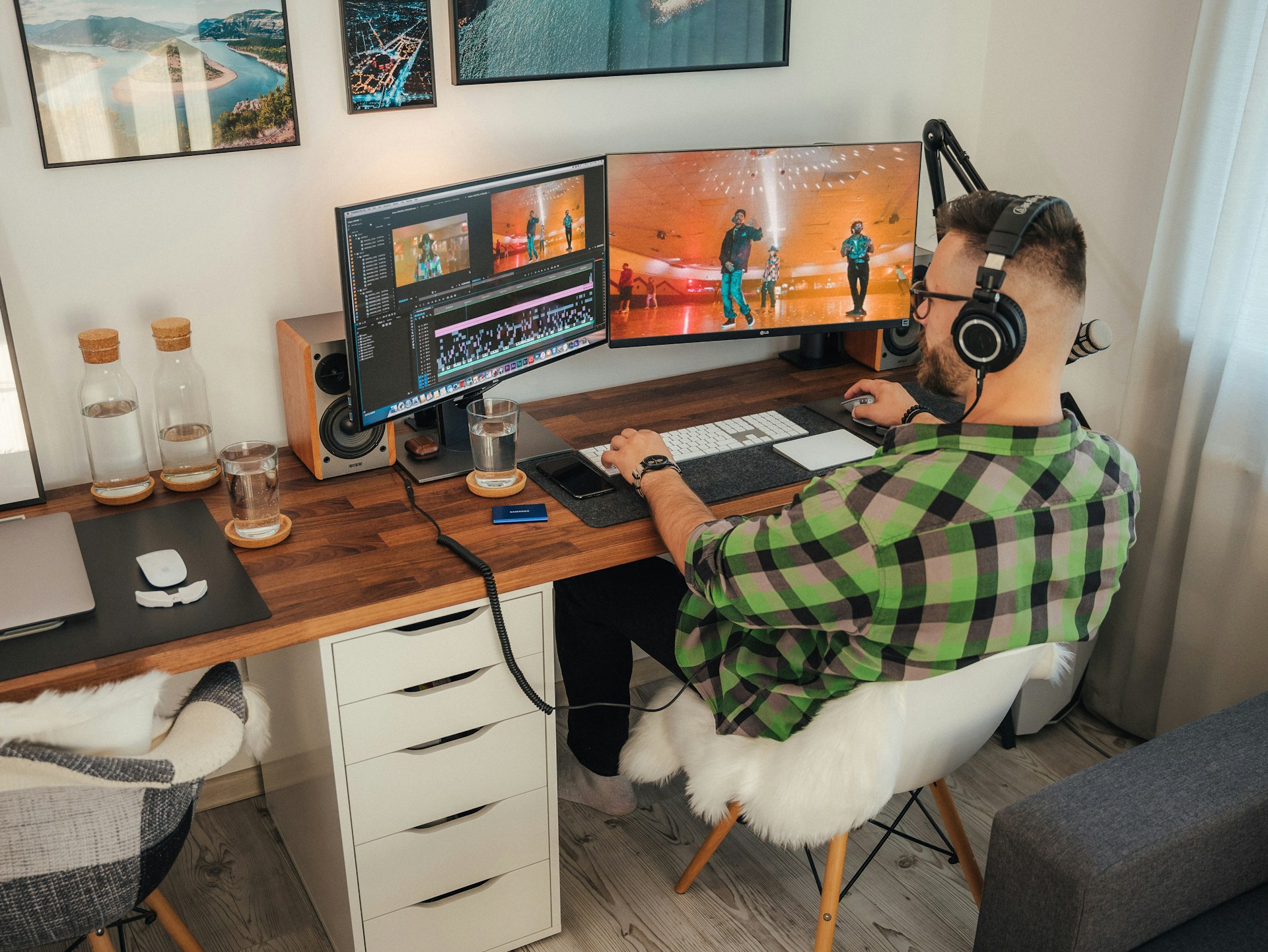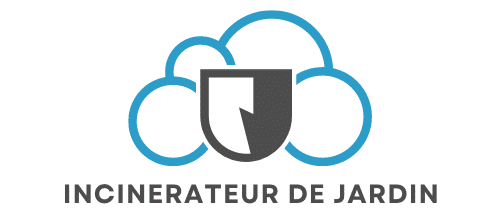What are the best methods for achieving low-latency streaming with an Elgato 4K60 Pro on a custom-built PC?

Streaming video games has become a popular activity for content creators worldwide. Platforms like Twitch and YouTube offer opportunities to share gameplay with audiences in real-time. Achieving low-latency streaming is crucial to providing viewers with a seamless experience. In this article, we'll explore the best methods for achieving low-latency streaming using an Elgato 4K60 Pro on a custom-built PC. Whether you're new to streaming or looking to enhance your setup, this guide will provide you with valuable insights.
Setting Up Your Elgato 4K60 Pro
To achieve optimal low-latency streaming, it's essential to have a well-configured capture card like the Elgato 4K60 Pro. The Elgato 4K60 Pro is renowned for its advanced capabilities, including HDR support and 4K resolution at 60 frames per second.
Dans le meme genre : What are the detailed steps to configure a secure file-sharing setup using FreeNAS on a custom-built PC?
Installation and System Requirements
Begin by ensuring that your system specs meet the requirements for the Elgato 4K60 Pro. This card requires a PCIe x4 slot, so verify your motherboard has an available slot. Your PC should have a high-performance CPU, such as an Intel i7 or AMD Ryzen 7, and at least 16GB of RAM to handle the intensive processing demands of game capture and streaming.
- Install the Capture Card: Open your PC case and insert the Elgato 4K60 Pro into the PCIe slot. Secure it with screws to ensure it’s firmly in place.
- Connect HDMI: Use an HDMI cable to connect your gaming console or gaming PC to the HDMI IN port on the capture card. Then, connect another HDMI cable from the HDMI OUT port to your display.
- Install Drivers and Software: Download and install the Elgato Game Capture Software. This software is crucial for capturing and streaming your gameplay.
- Power Supply: Ensure your PC's power supply unit (PSU) is adequate to handle additional hardware components. A PSU with at least 600W is generally recommended for gaming setups.
Optimizing Capture Utility Settings
Configuring the capture utility settings ensures you get the best performance from your Elgato Pro. Launch the Elgato Game Capture Software, and follow these tips:
A découvrir également : How do you set up a high-performance gaming rig with an AMD Ryzen 9 5900X and an RTX 3080?
- Resolution and Frame Rate: Set the capture resolution to 1080p at 60fps for smooth streaming. If you have a powerful system, you can capture in 4K.
- Low-Latency Mode: Enable low-latency mode in the settings to minimize delay between your gameplay and the streamed video.
- Audio Device: Ensure your audio settings are configured correctly. Set your audio input to your connected microphone or audio device for clear commentary.
With these steps, your Elgato 4K60 Pro will be ready to deliver high-quality, low-latency streaming.
Optimizing Your Streaming Software
Your choice of streaming software plays a significant role in achieving low-latency streaming. Popular options include OBS Studio, Streamlabs OBS, and XSplit. Each software offers unique features, but they all support the Elgato 4K60 Pro.
OBS Studio Configuration
OBS Studio is a favorite among gamers due to its flexibility and robust feature set. To optimize OBS Studio for low-latency streaming:
- Video Settings: Set your base resolution to your monitor's native resolution (usually 1080p). For the output resolution, 720p or 1080p is ideal. Adjust the downscale filter to Lanczos for the best quality.
- Frame Rate: Ensure your frame rate is set to 60fps for smooth gameplay. If experiencing lag, reducing to 30fps can help.
- Bitrate: A higher bitrate results in better video quality. For 1080p streaming, a bitrate between 4500-6000 kbps is recommended. Adjust according to your internet upload speed.
- Low-Latency Mode: Enable the low-latency mode under the Advanced settings tab. This reduces the delay between your game and the stream.
Streamlabs OBS Setup
Streamlabs OBS, built on the OBS platform, offers additional features like overlays and alerts:
- Quick Setup: Use the auto-optimizer to adjust settings based on your hardware specs.
- Video and Audio: Follow similar video and audio settings as OBS Studio. Ensure your microphone and desktop audio levels are balanced.
- Streaming Settings: In the output tab, set the encoder to NVENC (if using an NVIDIA GPU) for hardware encoding. This reduces the load on your CPU, resulting in smoother streaming.
XSplit Configuration
XSplit offers user-friendly settings with a professional finish:
- Scene Setup: Arrange your scenes with game capture, webcam, and overlays.
- Encoder Settings: Like Streamlabs OBS, use hardware encoding (NVENC or AMD VCE) for better performance.
- Audio Sync: Ensure audio is synced with video for a cohesive streaming experience.
Using these settings, your chosen software will complement the Elgato 4K60 Pro to deliver low-latency, high-quality streams.
Hardware Enhancements for Low Latency
For ultra-low latency streaming, your PC’s hardware needs to be up to the task. Here are key components that contribute to a best gaming experience.
CPU and GPU
A powerful CPU and GPU are essential for multitasking and rendering high-quality streams in real-time:
- CPU: Modern multi-core processors like the Intel i9 or AMD Ryzen 9 provide the necessary power for encoding and streaming simultaneously.
- GPU: A high-end graphics card, such as the NVIDIA RTX 30 series or AMD Radeon RX 6000 series, ensures smooth gameplay and efficient encoding.
RAM and Storage
- RAM: At least 16GB of DDR4 RAM is recommended, but for optimal performance, 32GB is ideal. This allows for efficient multitasking and smooth operation of streaming software.
- Storage: Solid State Drives (SSDs) reduce load times and improve overall system responsiveness. Opt for an NVMe SSD for the fastest performance.
Capture Card Alternatives
While the Elgato 4K60 Pro is top-tier, there are other capture cards like the Avermedia Live Gamer 4K or the Elgato HD60 S+. These alternatives also offer low-latency streaming capabilities and can be suitable depending on your specific needs and budget.
External Capture Cards
External capture cards, such as the Elgato HD60 S+, offer flexibility for those who prefer or need an external solution. They connect via USB and are portable, making them ideal for streamers who travel.
Enhancing Your Streaming Experience
To truly create a professional streaming setup, consider the following enhancements:
Stream Deck
The Elgato Stream Deck is a customizable control pad that allows you to manage your stream efficiently. With programmable keys, you can switch scenes, control audio, and interact with chat, enhancing your stream's production value.
Audio Setup
An external microphone and audio interface improve the clarity of your voice. Popular choices include the Blue Yeti USB microphone or the Shure SM7B with an audio interface.
Lighting and Camera
Professional lighting, like ring lights or softboxes, enhances the visual quality of your stream. Pair this with a high-quality camera, such as the Logitech C920 or a DSLR camera with a capture card, for crystal-clear video.
Networking
A stable, high-speed internet connection is crucial. Use a wired Ethernet connection instead of Wi-Fi to minimize latency and ensure consistent upload speeds.
Achieving low-latency streaming with an Elgato 4K60 Pro on a custom-built PC involves a combination of proper setup, optimized software settings, and powerful hardware. By following the methods outlined in this guide, you can provide a seamless, high-quality streaming experience for your audience. From configuring your capture card to enhancing your overall streaming setup, each step plays a vital role in achieving the best possible results. Embrace these strategies, and you'll be well on your way to becoming a top-tier content creator.
